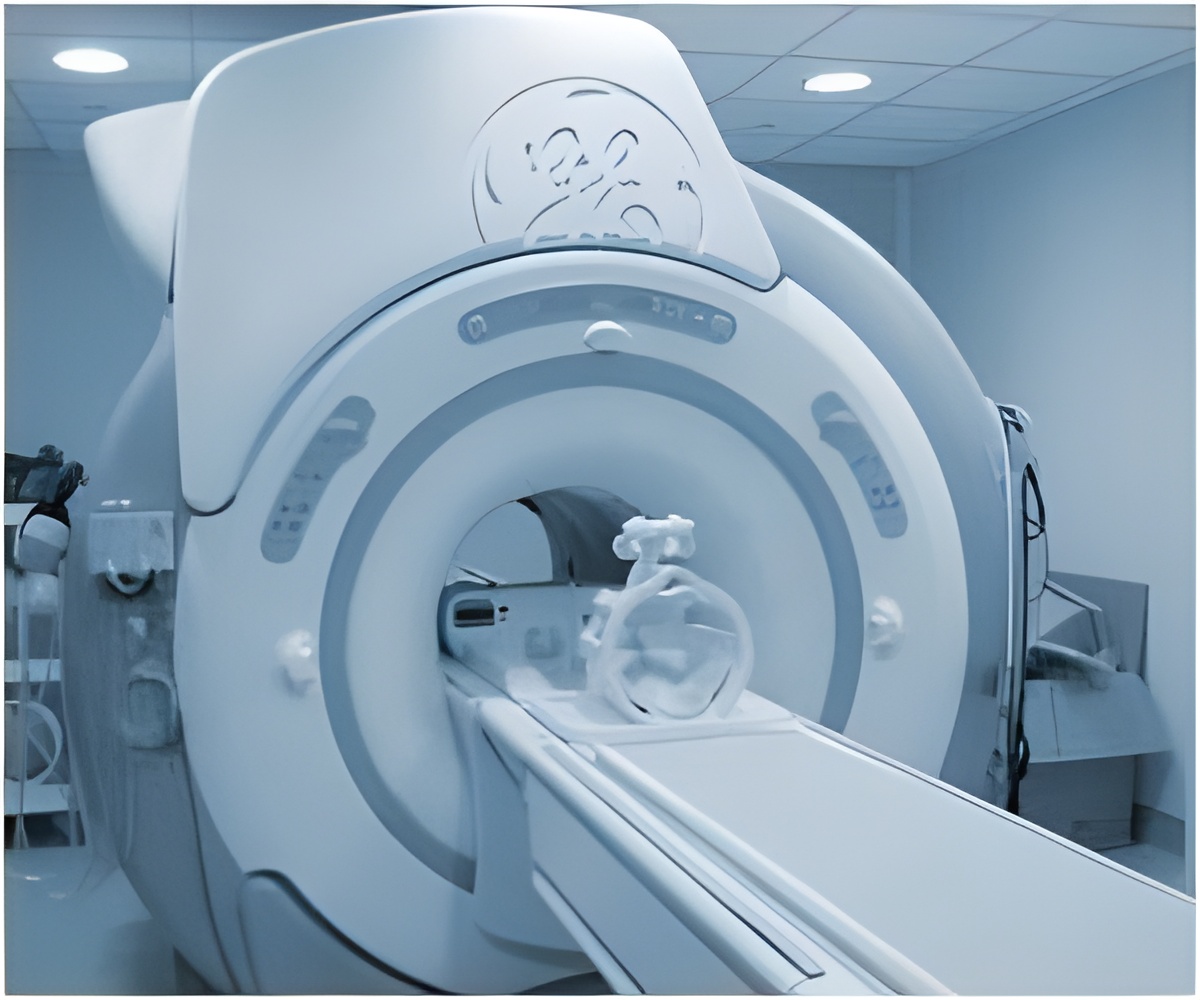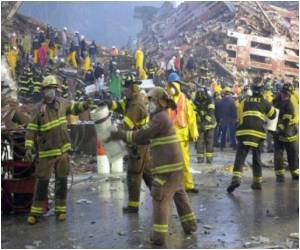
First author, Venkatesh Mani, PhD, and colleagues, used MRI to evaluate the blood vessels of 19 responders exposed to the high levels of particulate matter from the dust cloud, and 12 exposed to the lower levels. They found that WTC workers who were exposed to the initial dust cloud had higher blood vessel formation in their artery plaque compared to people with lower exposure. Co-investigator, Simonette Sawit, MD also demonstrated impaired vascular reactivity, or dysfunction of the inner lining of blood vessels, in those with higher dust exposure. This dysfunction may accelerate the progression of atherosclerosis. The Mount Sinai team discovered this association in WTC workers independent of other clinical factors.
"Using noninvasive MRI imaging, we were able to see a significant impact of the events of 9/11 on the cardiovascular health of the brave men and women who responded that day," said Zahi Fayad, PhD, Professor of Radiology, and Medicine in the Division of Cardiology, and the Director of the Translational and Molecular Imaging Institute at Mount Sinai School of Medicine. "Now that we have visualized the risk and early development of vascular lesions, in a subset of subjects, we look forward to studying the use of imaging in the greater patient population."
"This study defines physiologic change associated with greater exposure to the dust cloud at the WTC site," said Dr. McLaughlin. "We are currently evaluating other predictors of cardiovascular risk in this population to gain a better understanding of the impact of particulate matter exposure on cardiovascular health."
Source-Eurekalert









